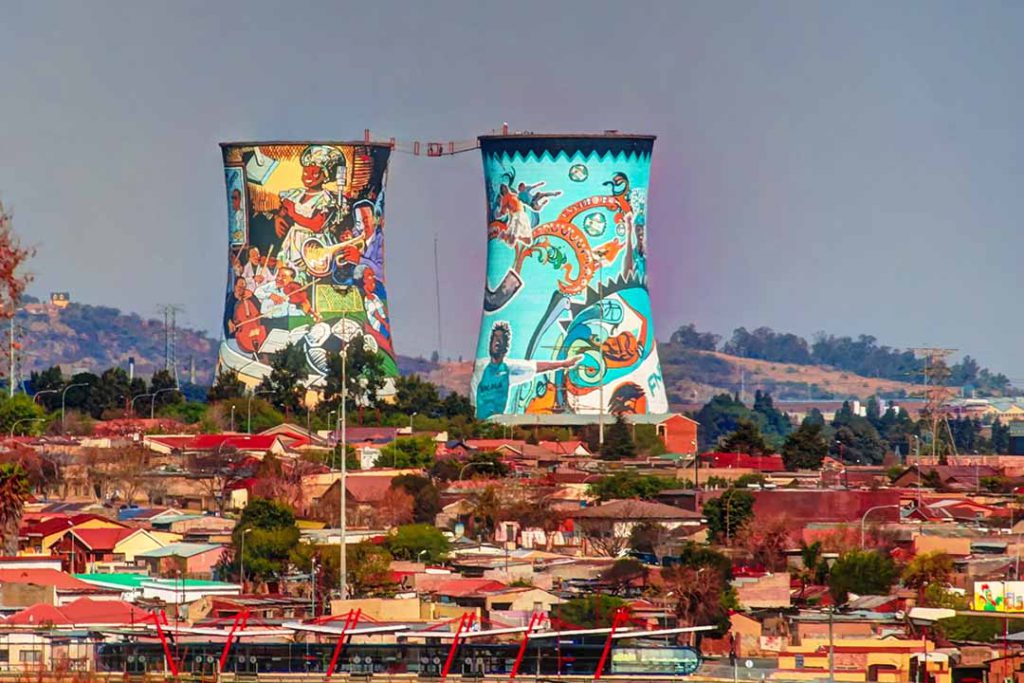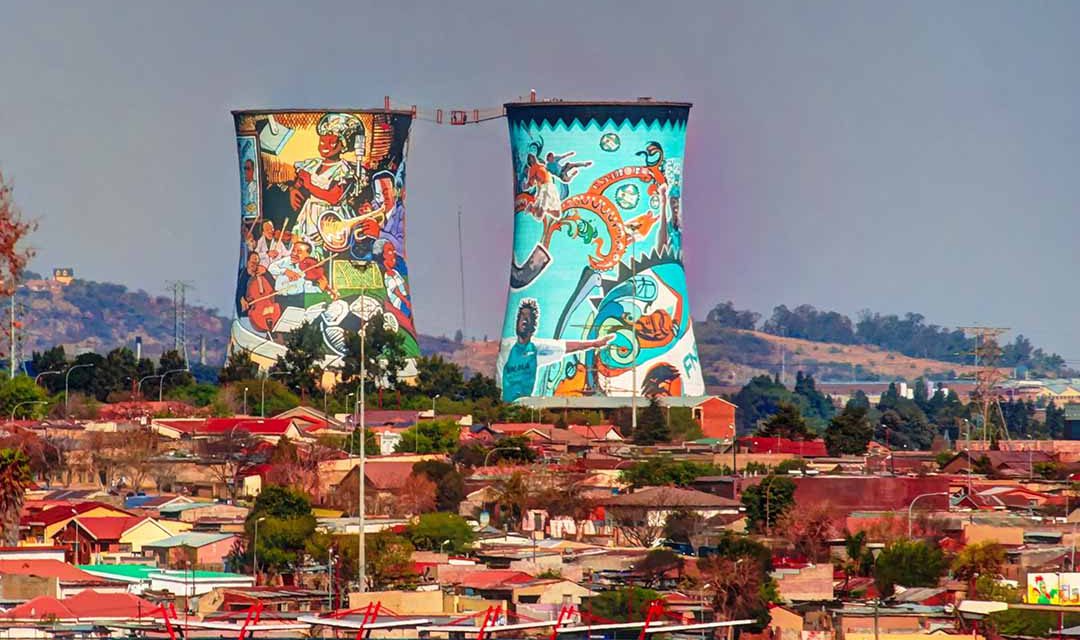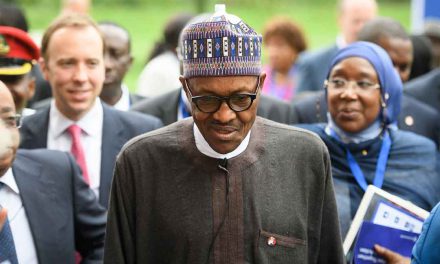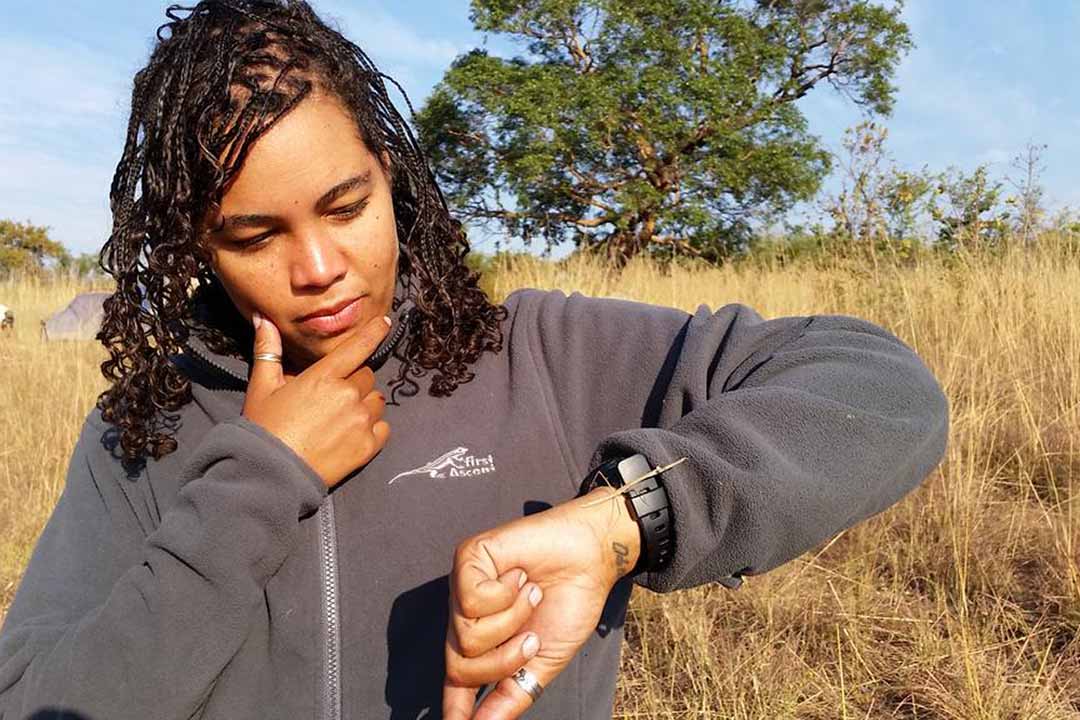SDG 11: inclusive, safe, resilient and sustainable cities
More citizen engagement will be needed to drive greater political transparency and accountability in implementing development projects

By Justus Wanzala
It is midday and in Nairobi’s low income settlement of Kariobangi the April sun is intense, courtesy of an unusually long dry spell. This hasn’t gone unnoticed by Asulma Centre officials, who are keen to promote the use of solar energy for cooking and renewable and other innovative cooking appliances. The centre makes and promotes various solar appliances and improved wood and charcoal stoves. Today, omelette-making using a solar CooKit is being demonstrated. A solar CooKit is a cooker made of cardboard and silver foil shaped to reflect maximum sunlight onto a black cooking pot, converting sunlight into thermal energy. A heat resistant bag (most often plastic) surrounds the pot and acts as a greenhouse by allowing sunlight to enter the pot, while preventing heat from escaping. So alluring is the activity that it has attracted a crowd. In charge of the demo session is Samuel Odhiambo, a self-help project leader with Asulma. The centre was established in 2008 by the youth and children from poor households who had ended up on the streets and who were keen to empower themselves. Now, nine years later, the centre owns a cooking and lighting appliance shop, a workshop and an informal school for neighbourhood children whose parents cannot afford to send them to either public or private schools. Kariobangi is a notorious slum area. According to Odhiambo, the neighbourhood faces a wide range of poverty-related challenges. Among these is a lack of affordable clean energy for cooking. The majority of the people rely on paraffin and biomass – mainly wood and charcoal – for cooking, he says. Using these fuels emits carbon dioxide, and the indoor pollution contributes to a high incidence of respiratory infections in the settlement. Infections are particularly high among women and girls, because cooking is their traditional Making Africa’s cities sustainable is all the more urgent because the continent is rapidly urbanising. responsibility.
This social problem is one reason Asulma exists, Odhiambo adds, to offer remedial intervention. The centre’s work is supported by Solar Cooking KoZon, a Dutch organisation that promotes solar cooking and clean energy options, and Solar Cookers International, a US-based, non-profit advocacy group that promotes and provides education on solar cooking. In 2013, Asulma started a programme that aims to promote solar cooking technologies and other energy-saving, clean-cooking options. Odhiambo says on a sunny day, a solar CooKit generates heat of up to 110 degrees centigrade; an upgraded version, the SolarBox, can generate as much as 150 degrees centigrade. The solar CooKits are affordable, easy to carry around and easy to maintain. “Given the high altitude, water boils here at 94 degrees and oil at 250 degrees,” Odhiambo explains. To make allowance for variations in weather conditions, they can also be used with other fuel-saving technologies. The alternatives include hay baskets, which allow food to continue cooking after it has been removed from an oven. The insulated baskets, also known as “fireless cookers”, insulate the stored heat, which can cook food over a long period of time. However, the innovative cooking systems aren’t totally dependent on solar energy. “Here in Kenya, solar cooking cannot stand alone,” says Odhiambo. “That’s the reason we have opted for hay baskets or fireless cookers and other alternatives as well. Energy-saving stoves, which use charcoal, are economical and environmentally friendly.” The solar CooKit, which costs only $12, offers an additional advantage to the community: it can be used to purify water by boiling it. This is an important advantage in a community affected by municipal water supply systems that are contaminated by leaking waste pipes
The centre also makes briquettes to reduce its own reliance on wood products, contributing to reducing deforestation as well as generating a commercial product. Due to high levels of poverty in the area, the briquettes are sold on credit, with payment in instalments. Judith Ajok, 30, a resident with a five member family who uses the solar CooKit, says it emits no smoke and leaves cooked food rich in nutrients. It can also be left to do its work, which allows her to attend to other household tasks while cooking. Ajok also uses an energy-saving charcoal stove. Combined with the CooKit, this results in useful fuel cost savings for the household. More generally, Asulma’s work in the neighbourhood aims to support sustainable livelihoods for the Kariobangi community. This resonates with Sustainable Development Goal (SDG) 11, which focuses on making cities and human settlements inclusive, safe, resilient and sustainable. But it could be argued that all the SDGs are important. Agreed to in 2015 by the global community in New York as part of the UN’s 2030 Agenda, they are interwoven with each other, so that, ultimately, results achieved in one will also support efforts with regard to another. Making Africa’s cities sustainable is all the more urgent because the continent is rapidly urbanising. Currently, Africa’s urban population growth is 13%, according to a 2018 report by the Population Division of the UN Department of Economic and Social Affairs (UNDESA). Kenya has made some progress towards attaining SDG 11, despite rapid urbanisation, says George Awalla, who is Kenya country director of Voluntary Service Overseas (VSO), an international charity organisation, and cochair of the Sustainable Development Goals Kenya Forum. Rapid urbanisation brings with it the challenges of poverty, he adds. “Between a third and half of Kenya’s urban population live in poverty, and the gap between rich and poor is rapidly widening,” he comments. Rapid urbanisation also brings with it systematic and entrenched inequality and discrimination affecting girls and women, as well as people with disabilities.
“Women experience systemic sexual exploitation and abuse, which leads to inter-generational poverty effects. People with disabilities are poorer than people without disabilities in nearly all socio-economic indicators,” Awalla told Africa in Fact. Disaster preparedness is another challenge facing African cities, according to Awalla. Disasters continue to erode African developmental gains, more so in urban settings. “It is estimated that 90% of the continent’s urban population is highly vulnerable to disaster-related mortality,” he says. Kenya still has much to do to attain SDG 11, Awalla says, though the effects of rapid urbanisation are now being partly alleviated by innovations such as the use of renewable energy. “Kenya has the highest electricity access rate in East Africa at 75%, both from grid and off-grid solutions, according to a recent Multi-Tier Framework Energy Access Survey report,” he told Africa in Fact. But like other commentators, he adds that “enhanced citizen engagement” will be needed to drive greater political transparency and accountability with regard to the implementation of development projects, including the development of sustainable and inclusive cities. Cheikh Mbow, executive director of NGO Realizing a Sustainable Global Future Through Science (START) concurs with Awalla about the role of renewable energy for urban sustainability. But he contends that “most cities in Africa” already promote an energy mix to address growing demand from households and manufacturing. “Africa is the land of renewable sources of energy through hydropower, biomass, solar and wind,” he says. Mbow adds that it is “rather surprising” that renewables are being promoted more in rural areas as solutions for basic needs, while urban industries, transport systems and high rise buildings tend to rely on a supply of conventional electricity.
Understandably, there is a feeling that attaining the environmental dimension of SDG 11 in Africa is a tale of so near and yet so far. Mbow avers that “a more systematic approach” to implementing SDG projects is needed. For example, renewable energy growth hinges on innovation, and investment in research and development is therefore crucial. “Success depends on new interventions, or tinkering [with existing ones] that are aligned with local ambitions,” he told Africa in Fact. Such projects need to be scaleable, so that they can be reproduced, because this fosters policy confluence. Sustainable buildings, renewable energy use, ICT use to improve health services and mass learning and awareness are good examples, he says. However, Mbow agrees with Awalla that some changes to addressing the problem of sustainable cities can be observed in African countries, though they might appear to be gradual. In key cities, new infrastructure in housing, transport, water supply, health and education is emerging. Examples include Konza Technology City in Nairobi, Kenya; the Bouregreg Valley Development, which combines commercial and real estate in Morocco; the Caculo Cabaça Hydroelectric Plant in Dondo, Angola; the Pointe-Noir Special Economic zone in Pointe-Noir, Republic of Congo; the Walvis Bay Port Container Terminal in Walvis Bay, Namibia; and The New Horizons Energy waste-to-energy plant in Cape Town, South Africa, among others. In Mbow’s view, these positive outcomes are contributing to the higher growth rates of some countries. For instance, the Ethiopian government is addressing congestion on the roads of its capital, Addis Ababa, with its urban light train project, which began service in 2015. In Rwanda, heavy investment in housing projects, especially in the capital Kigali, has seen a construction boom and improved access to decent housing for many in recent years.
Rapid urbanisation is a concern to many stakeholders. During the 1950s, some 85% of Africans lived in rural areas, but by 2050 only 56% of them will, says Naison Mutizwa- Mangiza, director of the regional office of UN-Habitat for Africa in Nairobi, Kenya. However, he adds, African governments face financial constraints that hinder the effective provision of basic services, and this is exacerbated by rapid urbanisation. Indeed, African governments are struggling to provide the most basic services usually expected of government: sanitation, schools, hospitals, clean water and solid waste management in major urban centres. In terms of progress on the SDGs around Africa, a 2016 report by the Overseas Development Institute (ODI), a United Kingdom think tank, indicated that few of Africa’s SDG targets were on track for 2030. According to the report, efforts to meet some SDGs were heading in the wrong direction, among them reducing slum populations (SDG 11), reducing waste (SDG 12) and combating climate change (SDG 13). Overall, according to the report, low-income countries (LICs) and lower middle-income countries (LMICs) in west and central Africa were on track to increase government revenue as a share of GDP by 20%. LICs and LMICs in East Africa were falling just short of the benchmark. Two LICs/LMICs in southern Africa, Lesotho and eSwatini, were projected to see declines in government revenue as a share of GDP. Countries in crisis or hosting refugees, such as Ethiopia, Uganda and Kenya, were identified as facing extra challenges in achieving sustainable cities and communities, according to a 2018 report by the ODI and the International Rescue Committee. “People in crisis often don’t have access to adequate safe and affordable housing and basic services and are more likely to live in informal and unsafe areas,” said the report.
UN-Habitat is working with national and local governments to develop sustainable energy and climate action plans, Mutizwa-Mangiza told Africa in Fact. The plans cover sustainable energy and climate change mitigation in Kenya, Tanzania, Uganda, Rwanda and Burundi. The project includes the provision of technical assistance on the design and implementation of housing projects in these countries. The organisation is also developing awareness and capacitybuilding tools around sustainable urban energy planning. For example, UN-Habitat has partnered with Nigeria’s federal government to conduct hands-on training in energy efficiency and renewable energy technologies, green entrepreneurship and enterprise development for 125 young people from the country’s 26 states. In 2011, UN-Habitat initiated a project to promote energy-efficient buildings in East Africa, working with the UN Environment Programme (UNEP) and the governments of Kenya, Uganda, Tanzania, Rwanda, and Burundi.The project targeted some 400,000 housing units and 100 large office buildings. However, it would appear that the target was ambitious. Reports indicate that the project, which ran between 2013 and 2016, completed energy audits for 1,086 housing units, though it was able to supply its Sustainable Buildings Designs for Tropical Climates manual as a learning resource to 10 universities in the region. The project also successfully led to Tanzania, Rwanda, Kenya, Uganda and Burundi incorporating sustainable building practices into national policy.
Non-state actors, including intergovernmental organisations and NGOs, will be crucial to efforts towards achieving the sub-goals of SDG 11, Mutizwa-Mangiza added. Asulma’s achievements in Kariobangi serve as an example. As a grassroots initiative driven by a powerful need to find solutions to problems experienced by African citizens in their own communities, it is showing that “ordinary citizens” have the creativity and ingenuity to develop solutions for themselves. But at the same time, it highlights some awkward realities about African governments. Mutizwa-Mangiza might be taking a somewhat diplomatic attitude when he attributes these merely to “financial constraints”. According to Asulma members, much could be achieved if national, provincial and city governments showed more political will in the development of sound policies. More investment in sustainable energy projects in low-income settlements and rural areas was also necessary, they say. Odhiambo, the Asulma project leader, says that some of the materials used in the manufacture of the CooKit, such as the silver foil, are taxed, for example, making it difficult to keep the price low. Moreover, he adds, the community’s experience is that few government officials are involved in energy and housing and environmental issues, and those who are, are often too junior to have any influence. “This makes it difficult for social enterprises like ours to seek appropriate interventions that require government input,” he told Africa in Fact. That void, he added, has been filled by non-governmental organisations, whose mandates are often narrow and their capacities limited.
Justus Wanzala is a Kenyan journalist who writes on the environment, climate
change, agriculture and practical technologies as well as sustainable development and social issues. Currently, he works for the Kenya Broadcasting Corporation and as a freelancer/contributor for various publications across the globe.













